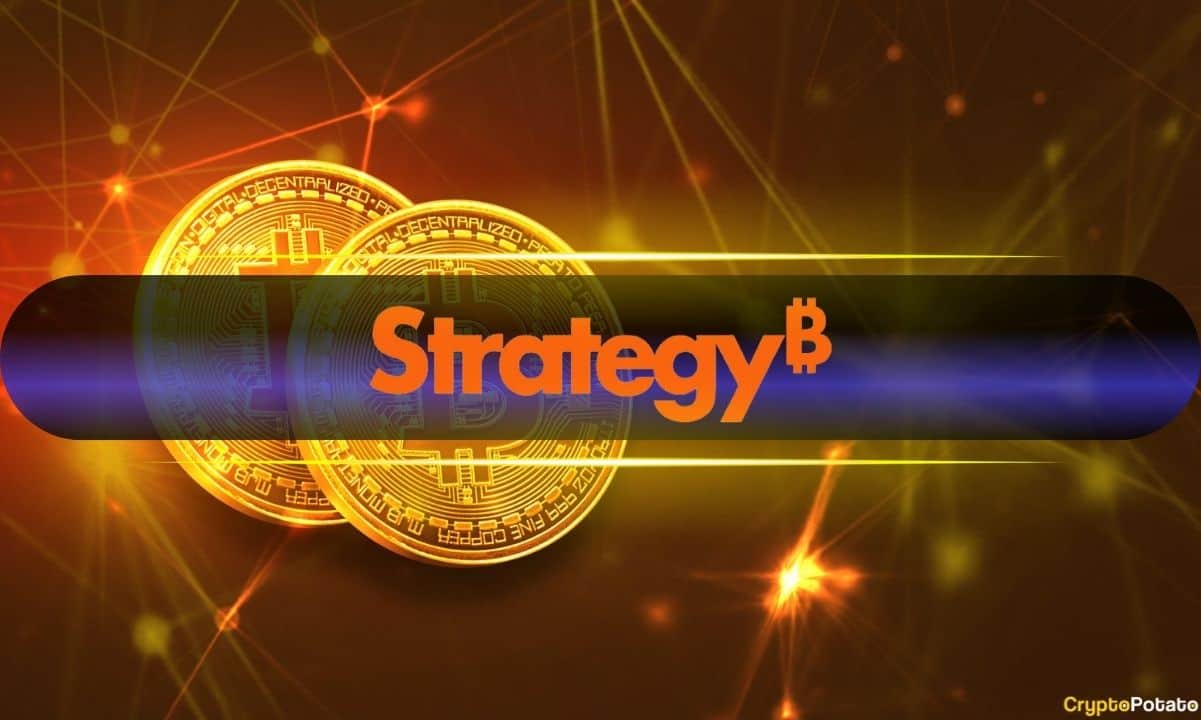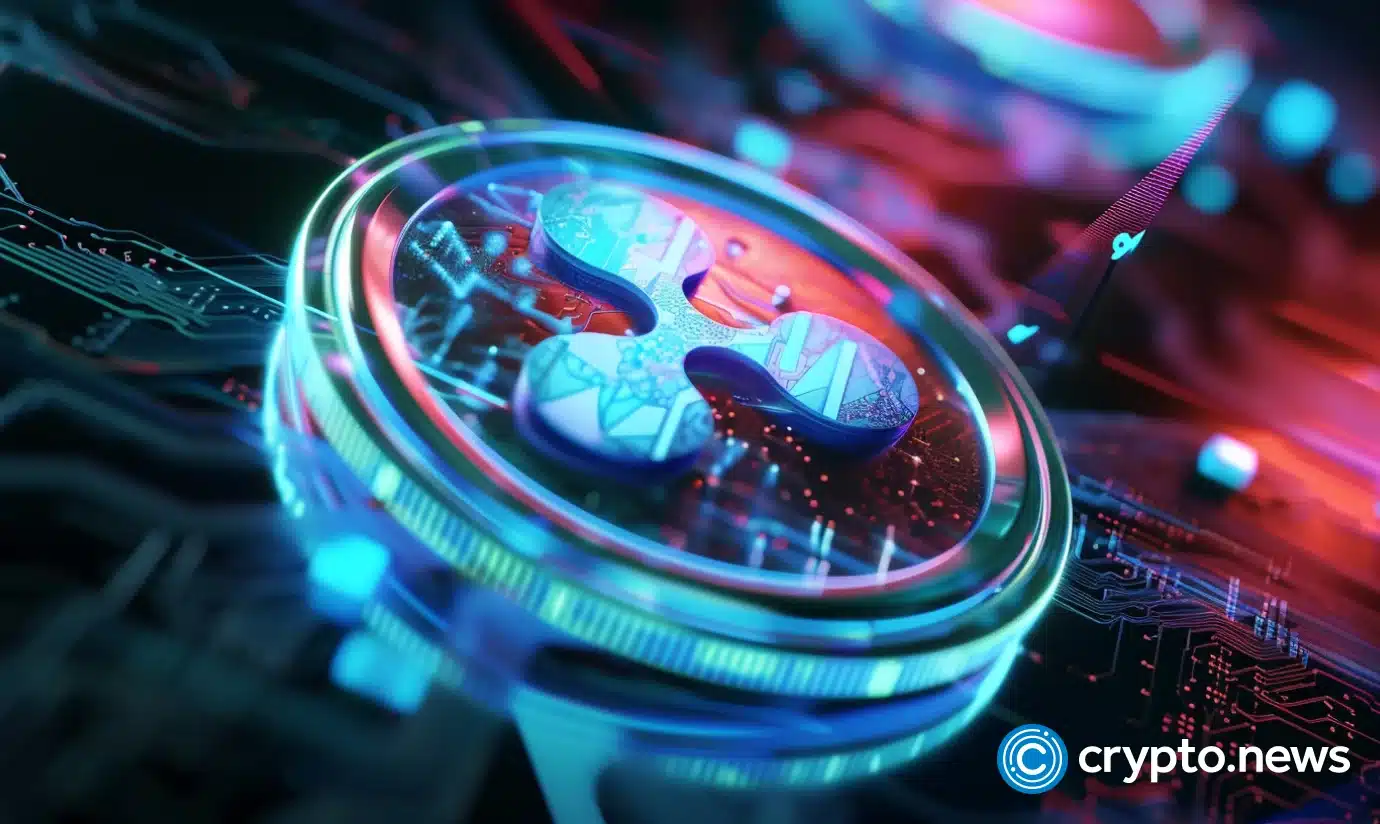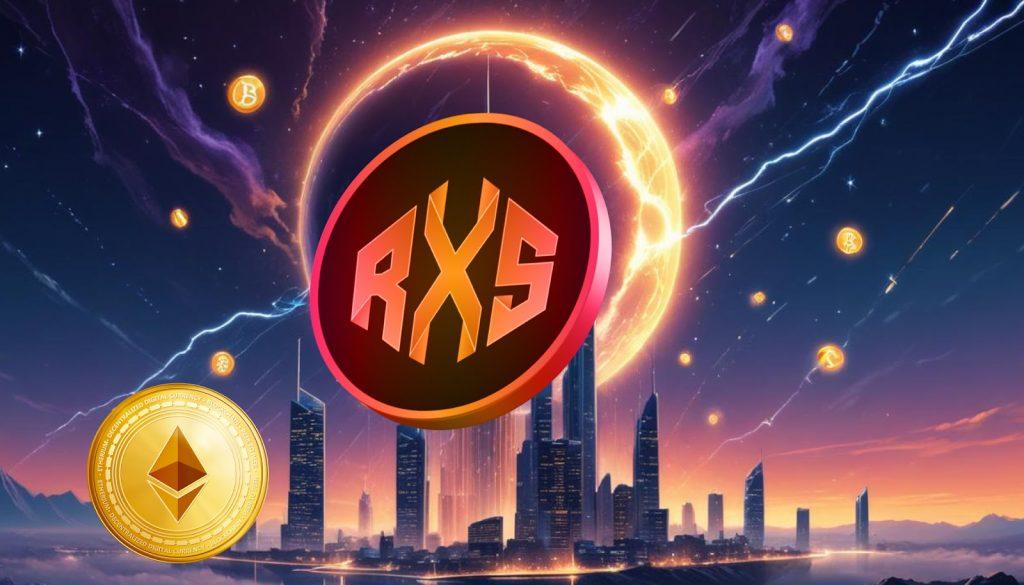On this week’s CoinGeek Weekly Livestream episode, Paul Sztorc joined Kurt Wuckert Jr. to debate scaling Bitcoin on the base layer versus using L2 solutions. Sztorc laid out his unique position, being open to big blocks on the second layer, but not the first, and explained how his BIP proposals could make BTC better.
Who is Paul Sztorc?
Sztorc is the CEO of Layer Two Labs and the author of two Bitcoin BIP proposals: 300 and 301. He has been trying to get these BIPs pushed for a long time without much success.
Interestingly, Sztorc is skeptical of big blocks on the Bitcoin base layer, but he’s open to them in layer two solutions. He delves into more details throughout this conversation.
The BIP Process and the BIPs Sztorc has proposed
Sztorc explains that, in a nutshell, BIP300 asks for an opcode that hasn’t been used. It would be a simple change, but in his view, it would enable lots of innovation and competition at the L2 level.
The BIP process has completely broken down, Sztorc explains, calling it “a sham.” He points to the decline in the number of BIPs that have been approved over the years, noting that all of the recent requests are opt-in and reversible.
How should we interpret this? Bitcoin Core could be viewed as corrupt, but it’s also possible they just worry about being responsible for the implications of approving any given BIP request.
Is there a general version that showcases what Bitcoin is supposed to be?
Sztorc disagrees that Bitcoin should match a sacred document or past idea. He simply wants Bitcoin to survive and be used by eight billion people.
Wuckert pushes back, saying that in his mind, sound money shouldn’t change. Gold is gold; anatomically, changing its properties would mean it is no longer gold. He feels Bitcoin should be that way, and if it changes, it becomes political money—the fiat currency of an oligarchy.
Sztorc points out the tension between the gold analogy and the fact that Bitcoin is software. The world changes, and so does technology, so Bitcoin can change without ceasing to be Bitcoin. In fact, because Bitcoin is software, people must be involved, e.g., to fix bugs, he says.
Wuckert says that if Bitcoin is merely software, that implies there’s no fundamental thing that is Bitcoin: no essence. Sztorc acknowledges the point but maintains that we must make Bitcoin whatever it has to be to survive.
Can it exist without the likes of Bitcoin Core? Sztorc thinks it is inherently political since it involves people. Anyhow, developers will do what they do, and they’ll put out updates whether we like it or not.
Are soft forks malware?
Wuckert reminds us how early Bitcoin developer Mike Hearn likened soft forks to malware. Since old nodes can’t see the update, they can’t reject it, so it fits the proper definition of malware.
Sztorc counters that nodes that don’t adopt updates could be seen to have voluntarily resigned. This is akin to some banks having no dates on their checks, new banks issuing checks with the dates on them, and the old banks ignoring the dates. This is a choice, and the update hasn’t undermined anything.
Nodes, big blocks, and scaling Bitcoin
Wuckert asks Sztorc if he thinks everyone should run their nodes. He doesn’t, and he thinks Simplified Payment Verification (SPV) is super cool. 99% of nodes could be light clients connected to full nodes.
Why not have big blocks on the base layer? Sztorc discusses “node health” and believes big blocks could make them too costly. The “parasites,” those being light clients, need the hosts to be healthy, or they die, too.
Wuckert points out that on BSV, the block sizes miners are willing to process are set by their policies rather than a protocol hard cap. Sztorc doesn’t entirely buy this argument, noting that if a node operator goes offline later, everybody else is on the hook for the blocks they processed. Essentially, any nodes that come on later would incur the costs associated with storing, reading, and querying those blocks.
Wuckert informs Sztroc about Teranode’s progress, noting how it separates node functions into microservices. This means it is orders of magnitude more scalable than SV Node, and separating services like that creates competition and drives efficiency.
Sztorc doesn’t comment directly, but he likens this to how Elon Musk started with the idea of driving EV adoption forward. He even tried to give away the blueprints at one point, but then Tesla became number one in the industry. Maybe Tesla will end up winning in this analogy, he says.
In Wuckert’s view, a few big node operators like AWS will always be able to sync and store the blockchain, and even if there are only 20-50 globally, that’s not an issue. We must not pursue decentralization for its own sake, he says, reminding us it’s a means to an end.
Sztorc isn’t so confident that it will always be feasible for even these big players to run. How can we be sure of that? This is why he’s fundamentally critical of big blocks at the base layer—the costs are already high, and as the number of transactions in the world grows, they could grow with it.
To hear more about Drivechain, proof of work, and Sztorc’s” BIP proposals, watch the episode via this link.
Watch: Layer 2 blockchain premise is built on a lie—here’s why

















 English (US) ·
English (US) ·